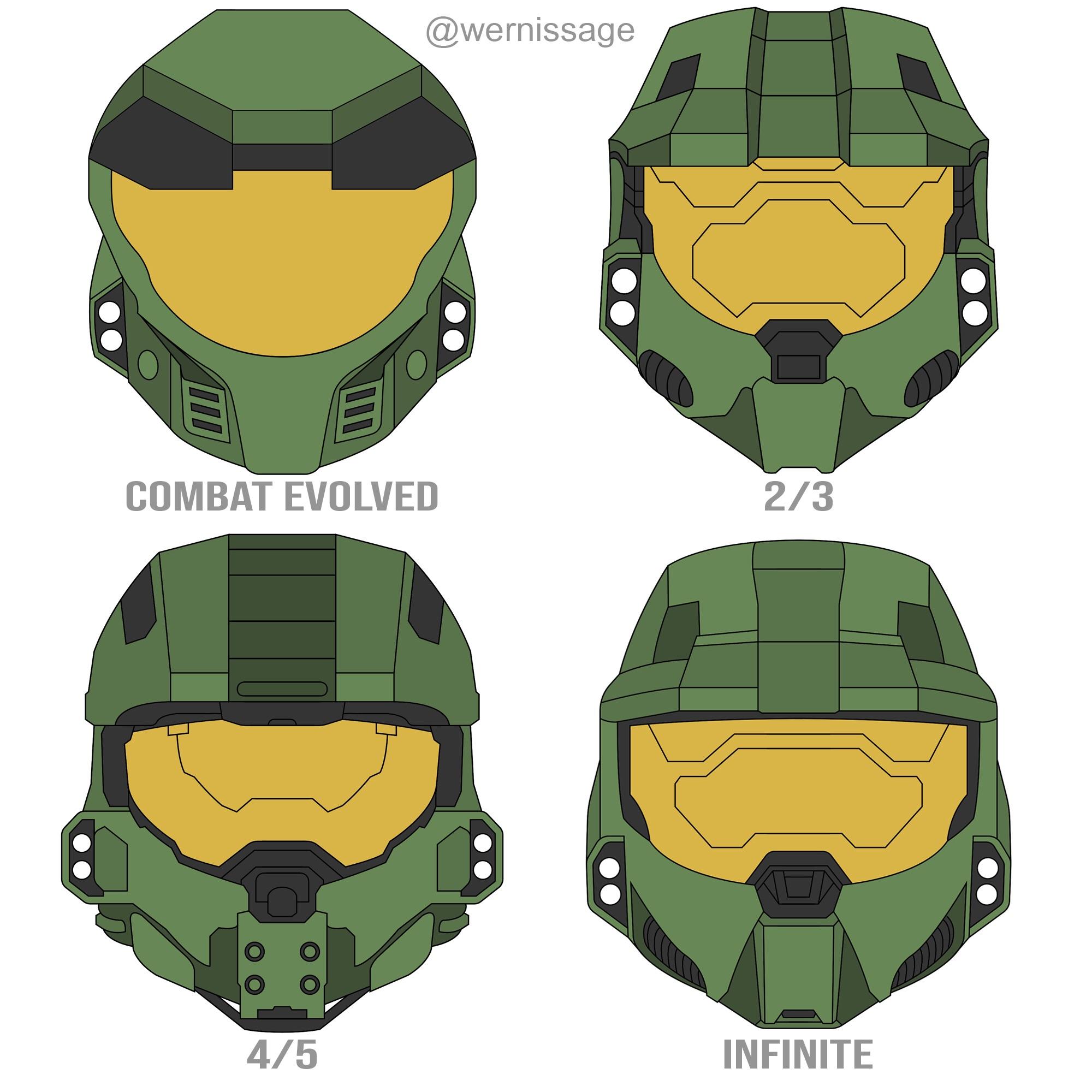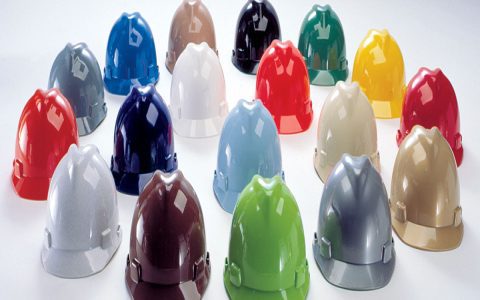Defining the Crew Chief Helmet
A crew chief helmet is a specialized piece of personal protective equipment (PPE) engineered for individuals directing and coordinating ground personnel in demanding, high-noise, and potentially hazardous environments. Its fundamental roles are to enhance safety and enable clear, reliable communication.
Essential Features and Protections
These helmets integrate crucial protective and functional characteristics:
- Communication Systems: A primary feature is the integration of, or compatibility with, advanced headset systems. These include noise-canceling microphones and clear audio earpieces for hands-free communication with team members, pilots, or drivers, even in extreme noise conditions.
- Hearing Protection: Vital for safeguarding against noise-induced hearing loss (NIHL), these helmets offer substantial sound attenuation. The level of protection is often indicated by a Noise Reduction Rating (NRR).
- Impact Resistance: The outer shell is constructed from robust, impact-resistant materials such as composites or advanced polymers. This protects the wearer's head from potential impacts from falling objects, tools, or accidental contact with machinery.
- Enhanced Visibility: To ensure the crew chief is easily seen by others, especially in low-light conditions or congested operational areas, many helmets feature high-visibility colors or reflective markings.
- Comfort and Stability: As these helmets are often worn for extended periods, they are designed with user comfort in mind. Features include adjustable internal suspension systems, breathable padding, and secure chin straps to ensure a stable, ergonomic fit.
Key Considerations for Selection
When selecting an appropriate crew chief helmet, several factors are critical:

- Operational Environment: The specific type and intensity of ambient noise, as well as potential impact hazards.
- Communication Compatibility: Ensuring the helmet's communication system (or connector type) is compatible with existing team radios or intercom systems.
- Safety Certifications: Adherence to relevant safety standards and certifications (e.g., ANSI, EN, DOT) applicable to the specific industry or operational context.
- Durability and Materials: The resilience of the helmet materials to withstand the rigors of the work environment, including exposure to fuels, oils, or extreme temperatures.
- Ergonomics and Fit: Ensuring the helmet can be adjusted for a secure and comfortable fit for prolonged use, minimizing fatigue.
In essence, the crew chief helmet serves as more than just head protection; it is an indispensable tool for effective communication and operational safety, crucial for the successful management of ground crews in complex settings.








